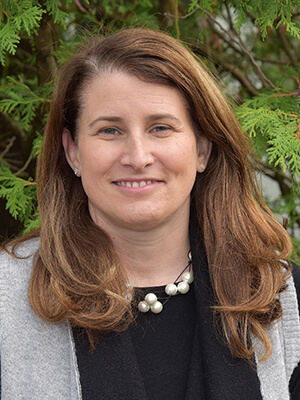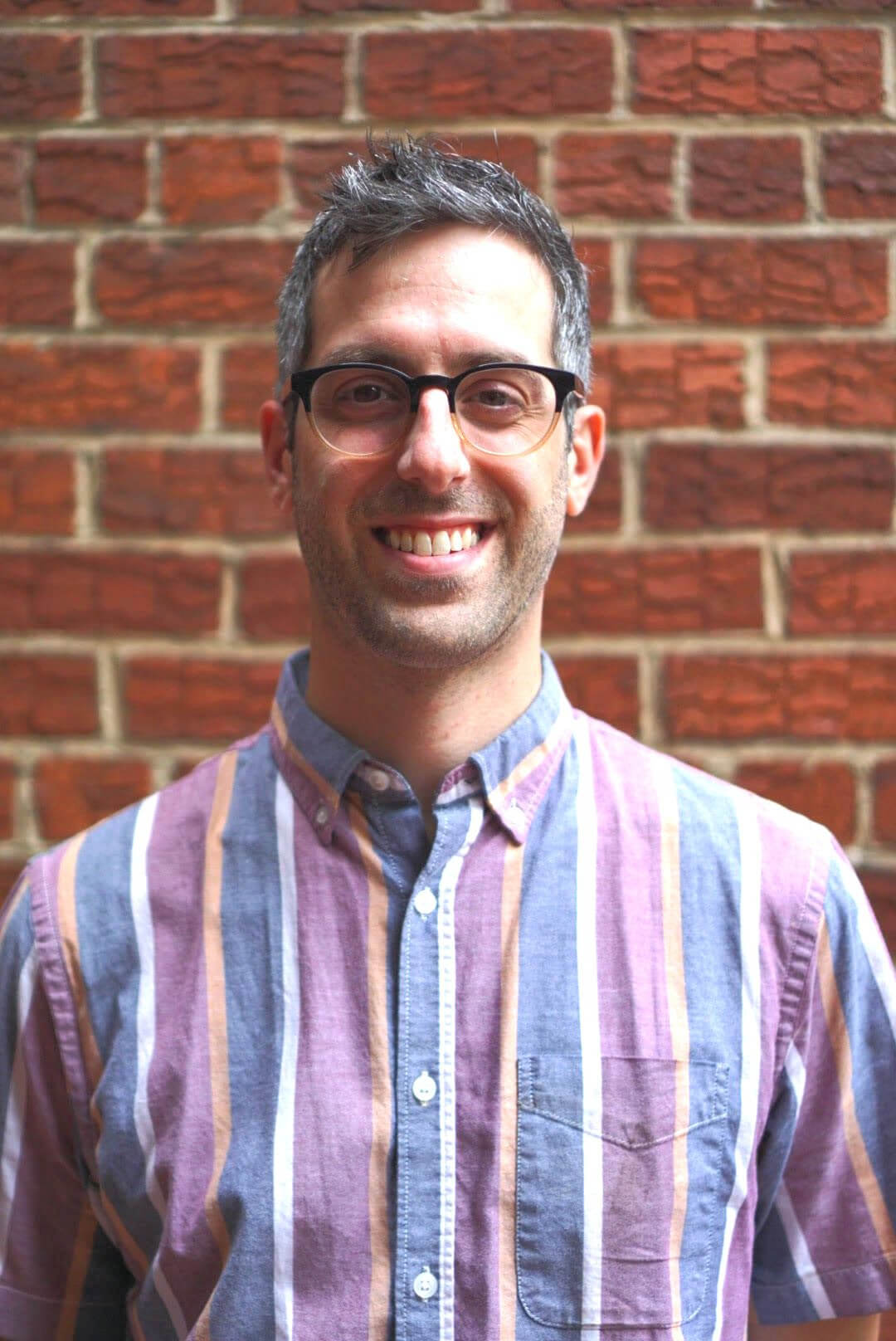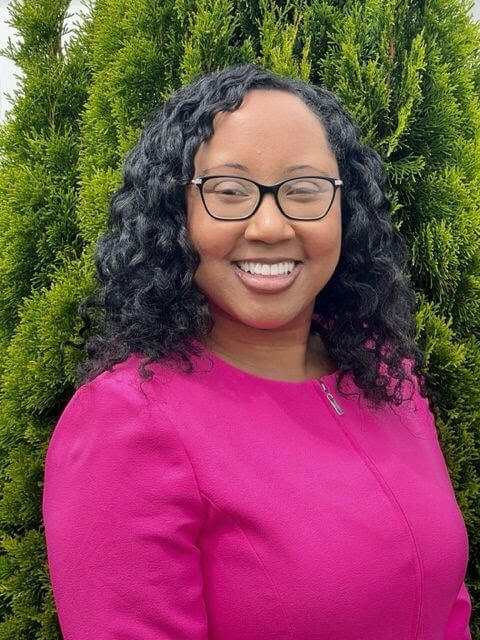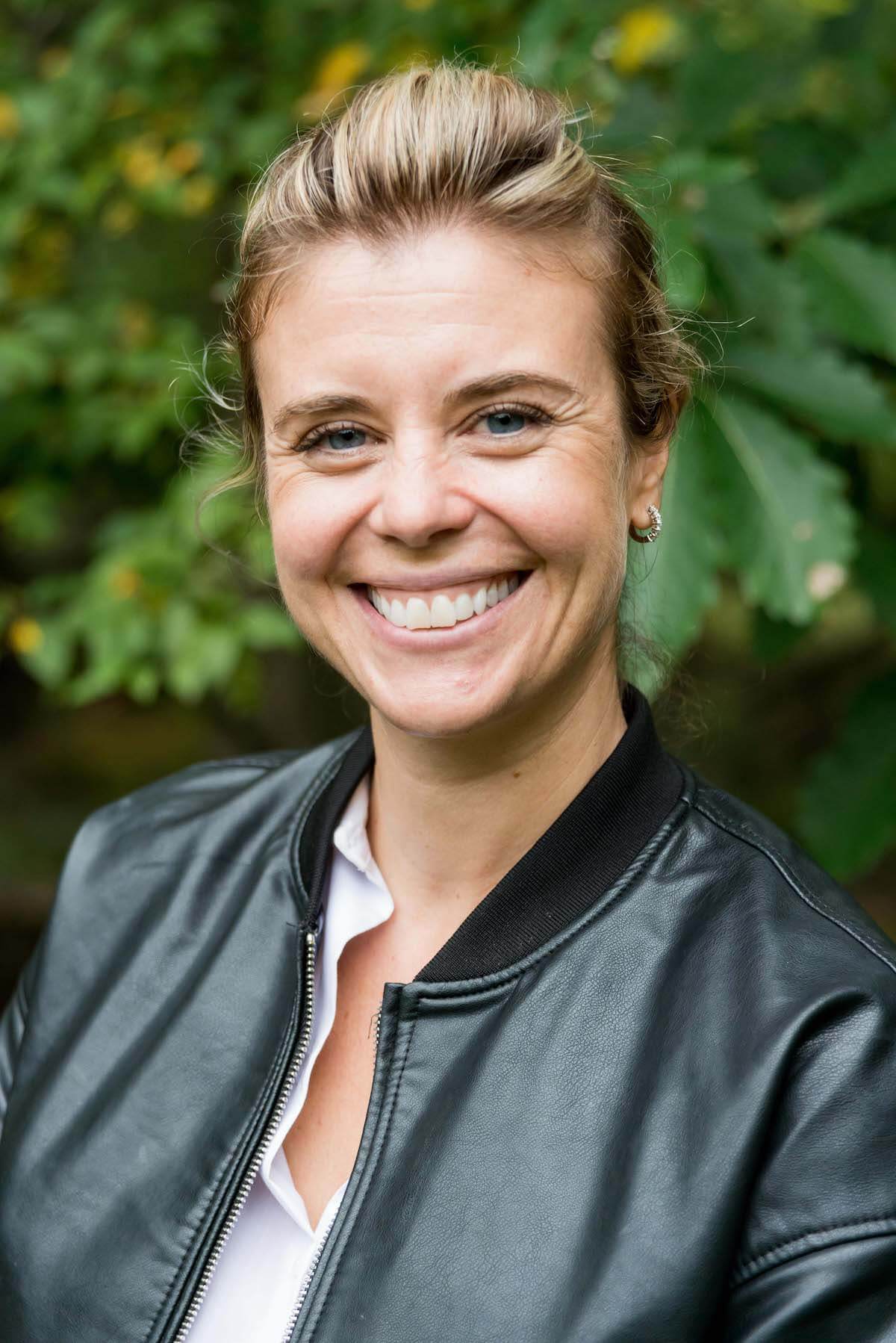Curriculum
Integrating academics, the arts, technology and physical education, appreciating the process of learning, and exploring topics in-depth are at the heart of Far Brook’s philosophy.
Our approach to education demands that both students and teachers be active participants in a reciprocal learning experience. We recognize the role of metaphor, ritual, and tradition in children’s lives and the power of the arts in the learning process.
A Far Brook education takes place in an environment of natural beauty and intimacy, where character and citizenship are valued as much as achievement, process as much as product.
An Integrated Curriculum
Our curriculum is unified by interdisciplinary studies of thematic units and great historical eras, which allow children to relate themselves to the universe and to the history of mankind. Learning and developing skills through a variety of approaches makes meaning of knowledge. In this way, learning becomes part of every child, fosters deep understanding, and connects them to the world around them.
Learning through the Arts
The arts are an essential and exciting component of everyday learning at Far Brook. Our founding Director, Winifred Moore, recognized that children naturally respond to experiences and the world around them through the arts. She wrote in The Roots of Excellence,
By the very nature of thinking, the Arts belong at the center of the curriculum with the Sciences. … subject matter is made meaningful to a child through the Arts, [which bridge] the techniques and the subject matter. In the classroom, challenging intellectual themes are approached through multiple forms: visual, tactile, musical, dramatic, and verbal, with the arts acting as a catalyst to help children respond and create meaning. Through this integration of the arts and academics, students learn that the way knowledge and ideas are expressed is as important as the content: a description of our Wetlands Habitat could be a scientific documentation or it could be poetry and include similes, metaphors, and drawings. The number twelve could be six plus six, but it could also be expressed as the number of notes per measure in a work by Bach, as the number of columns on the front of a Greek temple, or simply as one dozen.
In the studios, specialists in the fields of woodworking, art, music, dance, and drama engage students in vigorous hands-on inquiries into color, context, timbre, shape, comic timing, balance, and rhythm to name a few formal aspects. In both the studios and the classroom, students learn to take creative risks, they learn that the arts contain emotion as well as intellect, and they learn that they can have experiences in the arts that they cannot have from any other source. In recognition of this, the arts are celebrated throughout the Far Brook campus.
Learning through the arts allows children to express what they may not yet be able to express verbally and teaches them that there is more than one solution to a problem. Through the arts, children learn cultural diversity and heritage, they learn to make qualitative judgments, to work independently as well as in a group, to notice and appreciate subtleties, to be flexible, and to celebrate the many ways the world around them is experienced and interpreted. Far Brook’s philosophy is that education deeply felt and experienced is lasting and enjoyable. Our goal is to enrich the lives of children through the arts and foster creative responses to learning and meaningful connections to great ideas.
Choose from the menu on the top right to learn about the curriculum in each grade of Lower School, Middle School, and Junior High.

Nicole Engelke
Associate Head of School for Teaching & Learning

Adam Bisceglia
Director of Upper School

Marisa Lambert
Director of Lower School for Student Support

Ali Ullrich
Director of Lower School for Program and Curriculum
